Home>Furniture & Design>Bathroom Accessories>How To Use A Toothbrush
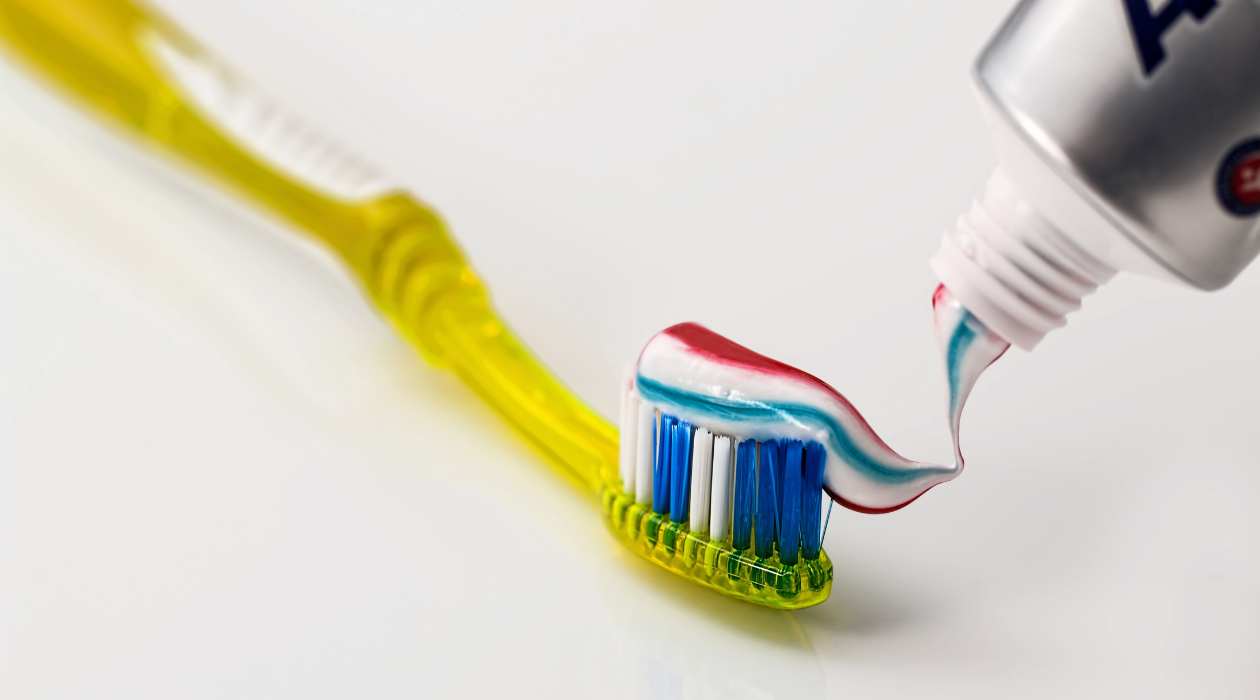

Bathroom Accessories
How To Use A Toothbrush
Modified: February 26, 2024
Learn the best techniques for using a toothbrush and maintaining your bathroom accessories. Discover tips for effective oral hygiene and bathroom organization.
(Many of the links in this article redirect to a specific reviewed product. Your purchase of these products through affiliate links helps to generate commission for Storables.com, at no extra cost. Learn more)
Introduction
Welcome to the ultimate guide on how to use a toothbrush! While using a toothbrush may seem like a straightforward task, there are several essential aspects to consider to ensure that you are effectively maintaining your oral hygiene. This comprehensive guide will provide you with valuable insights into choosing the right toothbrush, mastering the proper brushing technique, and maintaining the cleanliness and longevity of your toothbrush.
Understanding the nuances of toothbrush usage is crucial for achieving optimal oral health. By delving into the details of toothbrush selection, brushing techniques, and maintenance practices, you will be equipped with the knowledge to elevate your dental care routine to the next level. So, let's embark on this enlightening journey to discover the art of using a toothbrush to achieve a radiant and healthy smile!
Key Takeaways:
- Choose a toothbrush with soft bristles, a small head, and a comfortable handle. Look for the ADA Seal of Acceptance for confidence in your choice.
- Brush gently in circular motions for 2 minutes, focusing on each section of your mouth. Rinse and air dry your toothbrush to keep it clean and replace it every 3-4 months.
Read more: How To Use Aquasonic Toothbrush
Choosing the Right Toothbrush
Selecting the right toothbrush is a pivotal step in maintaining excellent oral hygiene. With a myriad of options available, it's essential to consider certain factors to ensure that your toothbrush effectively meets your dental care needs.
Bristle Type
When choosing a toothbrush, consider the bristle type. Soft bristles are generally recommended by dental professionals as they are gentle on the gums and tooth enamel, minimizing the risk of abrasion. Medium and hard bristles may be too harsh and can potentially cause damage to the gums and enamel over time.
Head Size
The size of the toothbrush head is another crucial factor to consider. A smaller head allows for better access to hard-to-reach areas in the mouth, including the back molars and behind the wisdom teeth. This ensures thorough cleaning and helps prevent the buildup of plaque and food particles in these areas.
Handle Design
The design of the toothbrush handle also plays a significant role in ensuring comfortable and effective brushing. Look for a toothbrush with a handle that provides a firm grip, allowing for better control and maneuverability during brushing. Additionally, some toothbrushes feature ergonomic handles designed to reduce hand and wrist fatigue, making them ideal for individuals with dexterity issues.
Read more: Quip Toothbrush: How To Use
Electric vs. Manual
The choice between an electric or manual toothbrush ultimately comes down to personal preference. Electric toothbrushes are equipped with oscillating or vibrating bristle heads, which can provide more thorough cleaning and may be particularly beneficial for individuals with limited dexterity or orthodontic appliances. However, manual toothbrushes, when used with proper technique, can be equally effective in maintaining oral hygiene.
ADA Seal of Acceptance
When in doubt, look for toothbrushes that bear the American Dental Association (ADA) Seal of Acceptance. This seal indicates that the toothbrush has undergone rigorous testing and meets the ADA's standards for safety and efficacy, providing consumers with confidence in their choice.
By considering these factors, you can make an informed decision when selecting a toothbrush that aligns with your specific oral care requirements. Remember, choosing the right toothbrush is the first step towards achieving a healthy and radiant smile.
Proper Brushing Technique
Mastering the proper brushing technique is fundamental to maintaining optimal oral health. By adhering to the recommended brushing method, you can effectively remove plaque, prevent cavities, and promote healthy gums. Here's a step-by-step guide to ensure that you are brushing your teeth with precision and care:
-
Positioning the Toothbrush: Hold the toothbrush at a 45-degree angle against the gum line. This angle allows the bristles to reach beneath the gum line and clean the area where the teeth and gums meet.
-
Gentle Circular Motions: Using gentle pressure, make small circular motions with the toothbrush. Ensure that you cover the outer surfaces, inner surfaces, and chewing surfaces of all teeth. This technique helps dislodge plaque and food particles from the tooth surfaces and along the gum line.
-
Focus on Each Section: Divide your mouth into four quadrants and spend approximately 30 seconds on each quadrant. This ensures that you dedicate sufficient time to thoroughly clean all areas of your mouth.
-
Brush the Tongue: Don't forget to gently brush your tongue to remove bacteria and freshen your breath. Many toothbrushes have a textured area on the back of the bristle head specifically designed for this purpose.
-
Duration of Brushing: Aim to brush your teeth for a minimum of two minutes. This duration allows for thorough cleaning and ensures that all surfaces are adequately addressed.
-
Avoid Aggressive Brushing: While it may be tempting to brush vigorously, doing so can lead to gum recession and enamel erosion. Instead, focus on gentle yet thorough brushing to effectively remove plaque without causing damage to your teeth and gums.
-
Rinse Thoroughly: After brushing, rinse your mouth with water to remove any loosened plaque and food particles. Additionally, rinse your toothbrush to remove any residual toothpaste and debris.
By following these steps and incorporating the proper brushing technique into your daily oral care routine, you can significantly contribute to the overall health and cleanliness of your teeth and gums. Remember, consistency is key, and by embracing the recommended brushing method, you can maintain a bright, healthy smile for years to come.
Cleaning and Storing Your Toothbrush
Maintaining the cleanliness of your toothbrush is essential for preserving its effectiveness and preventing the proliferation of harmful bacteria. Here are some crucial tips for cleaning and storing your toothbrush:
Read more: How To Use A Waterpik Toothbrush
Rinse Thoroughly After Each Use
After brushing your teeth, thoroughly rinse your toothbrush under running water to remove any remaining toothpaste, food particles, and saliva. By doing so, you can prevent the accumulation of debris on the bristles, ensuring that your toothbrush remains hygienic between uses.
Allow Proper Air Drying
After rinsing, ensure that your toothbrush is allowed to air dry in an upright position. Placing the toothbrush in an upright position allows excess water to drain away from the bristles, preventing the growth of bacteria in a moist environment. Avoid covering the toothbrush head or storing it in a closed container, as this can promote the growth of bacteria due to lack of ventilation.
Clean and Disinfect Regularly
Periodically clean your toothbrush to eliminate any lingering bacteria. One effective method is to soak the toothbrush head in antibacterial mouthwash for a few minutes. Alternatively, you can use a solution of water and hydrogen peroxide to disinfect the bristles. Remember to thoroughly rinse the toothbrush after disinfecting it to remove any residual solution.
Avoid Cross-Contamination
To prevent cross-contamination, ensure that toothbrushes are stored separately and do not come into contact with each other. This is particularly important in shared bathrooms or when storing multiple toothbrushes in a confined space. Additionally, avoid storing toothbrushes in close proximity to the toilet to minimize exposure to airborne particles.
Read more: How To Use A Sonicare Toothbrush
Replace Toothbrush Holder Regularly
If you use a toothbrush holder or stand, make sure to clean and replace it regularly. Over time, residue from toothpaste and water can accumulate in the holder, creating an environment conducive to bacterial growth. Regular cleaning and replacement of the holder can help maintain a hygienic storage space for your toothbrush.
By adhering to these cleaning and storage practices, you can ensure that your toothbrush remains clean and free from harmful bacteria, contributing to the overall effectiveness of your oral hygiene routine. Remember, a clean toothbrush is a vital component of maintaining optimal dental health.
Replacing Your Toothbrush
Regularly replacing your toothbrush is a crucial aspect of maintaining effective oral hygiene. Over time, the bristles of a toothbrush can become frayed and worn, diminishing its cleaning efficacy. Additionally, the accumulation of bacteria on the bristles can compromise oral health. Therefore, it is essential to be mindful of the signs indicating that it's time to replace your toothbrush.
Signs It's Time for a Replacement
-
Bristle Wear: Inspect the bristles of your toothbrush regularly. If you notice fraying, splaying, or bending of the bristles, it's a clear indication that the toothbrush is no longer effectively removing plaque and debris from your teeth.
-
Duration of Use: The American Dental Association (ADA) recommends replacing your toothbrush every three to four months. However, if you have been ill, particularly with a contagious illness, such as a cold or flu, it's advisable to replace your toothbrush immediately after recovery to prevent reinfection.
-
Fading Bristles: Some toothbrushes are designed with colored bristles that fade over time. If the color of the bristles has significantly faded, it's a visual cue that the toothbrush may no longer be as effective in cleaning your teeth.
-
Bacterial Buildup: Despite regular cleaning, bacteria can accumulate on the bristles of your toothbrush over time. If you notice a persistent foul odor emanating from the toothbrush or visible discoloration of the bristles, it's a clear indication that the toothbrush may be harboring harmful bacteria.
Importance of Replacement
Regularly replacing your toothbrush is essential for maintaining optimal oral health. A worn-out toothbrush with frayed bristles cannot effectively remove plaque and food particles from the teeth and gums, potentially leading to oral health issues such as cavities and gum disease. Furthermore, using a contaminated toothbrush can reintroduce harmful bacteria into the mouth, undermining the efforts to maintain a healthy oral environment.
Read more: How To Use An Electric Toothbrush
Choosing a Replacement
When selecting a replacement toothbrush, revisit the considerations for choosing the right toothbrush, including bristle type, head size, and handle design. Additionally, if you opt for an electric toothbrush, ensure that the replacement brush heads are compatible with your device and adhere to the recommended replacement schedule provided by the manufacturer.
By being attentive to the condition of your toothbrush and promptly replacing it when necessary, you can uphold the effectiveness of your oral hygiene routine and contribute to the long-term health of your teeth and gums. Remember, a fresh toothbrush is a small yet significant investment in your overall oral well-being.
Conclusion
In conclusion, mastering the art of using a toothbrush is a foundational pillar of maintaining excellent oral hygiene and promoting overall dental health. By carefully selecting the right toothbrush that aligns with your specific needs, mastering the proper brushing technique, and implementing effective cleaning, storage, and replacement practices, you can elevate your dental care routine to new heights.
Choosing the right toothbrush involves considering essential factors such as bristle type, head size, handle design, and the option of electric versus manual brushes. By prioritizing the selection of a toothbrush that meets these criteria, you can ensure that your oral care needs are effectively addressed, setting the stage for a thorough and gentle cleaning experience.
Mastering the proper brushing technique is equally crucial, as it directly impacts the efficacy of plaque removal and the overall health of your teeth and gums. By adopting the recommended brushing method, including gentle circular motions, adequate duration, and attention to each section of the mouth, you can optimize the cleanliness and health of your oral cavity.
Furthermore, maintaining the cleanliness and longevity of your toothbrush through proper cleaning and storage practices is paramount. By rinsing the toothbrush after each use, allowing for proper air drying, and periodically disinfecting the bristles, you can mitigate the risk of bacterial contamination and ensure that your toothbrush remains a reliable tool for maintaining oral health.
Lastly, the significance of regularly replacing your toothbrush cannot be overstated. By recognizing the signs indicating the need for a replacement and adhering to the recommended replacement schedule, you can safeguard the effectiveness of your oral hygiene routine and minimize the risk of using a worn-out or contaminated toothbrush.
In essence, the conscientious utilization of a toothbrush, encompassing the selection, technique, maintenance, and replacement, is a testament to your commitment to achieving and preserving a radiant and healthy smile. By integrating these practices into your daily oral care regimen, you can embark on a journey towards sustained oral health and a confident, beaming smile for years to come.
Frequently Asked Questions about How To Use A Toothbrush
Was this page helpful?
At Storables.com, we guarantee accurate and reliable information. Our content, validated by Expert Board Contributors, is crafted following stringent Editorial Policies. We're committed to providing you with well-researched, expert-backed insights for all your informational needs.
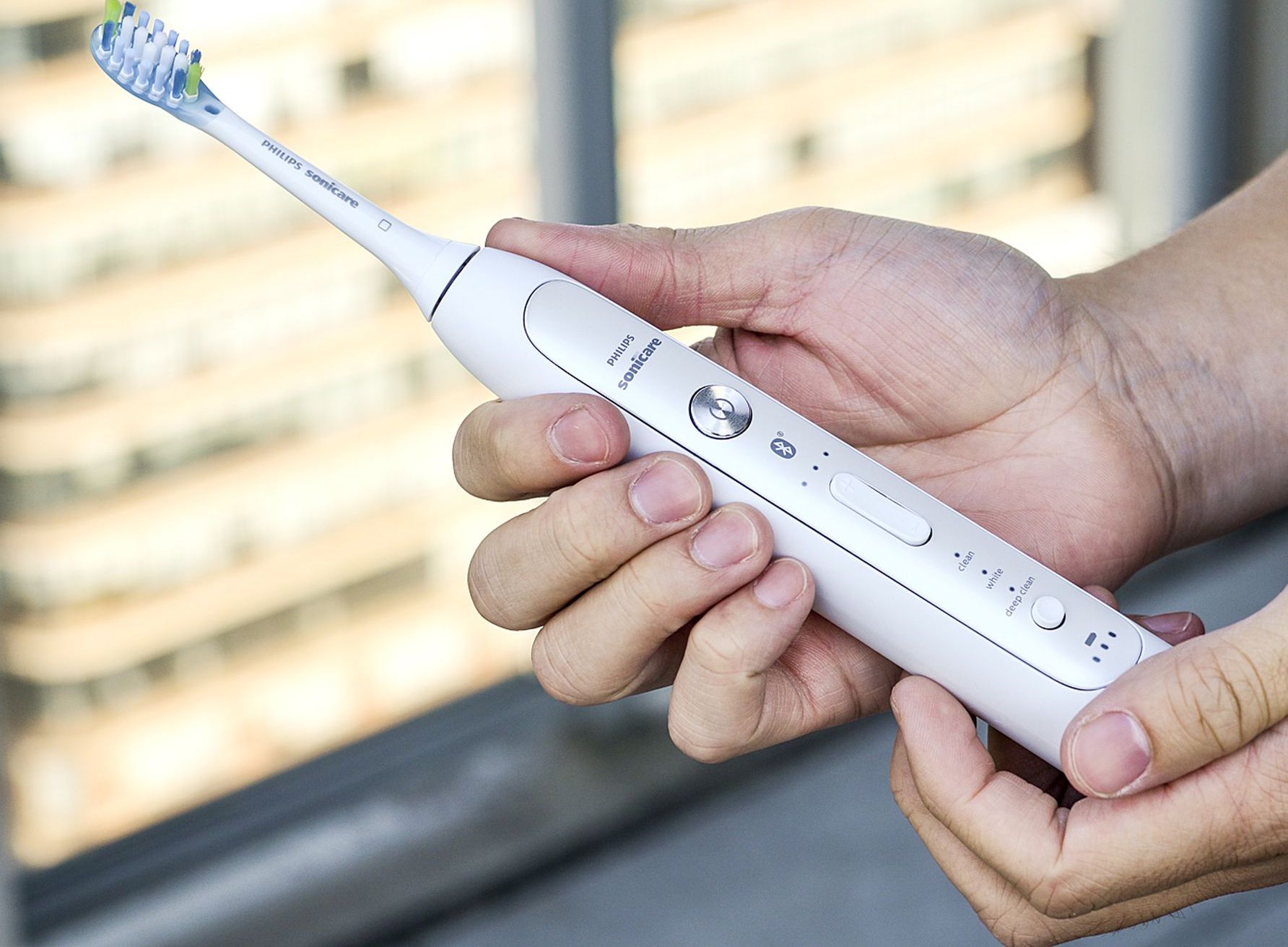
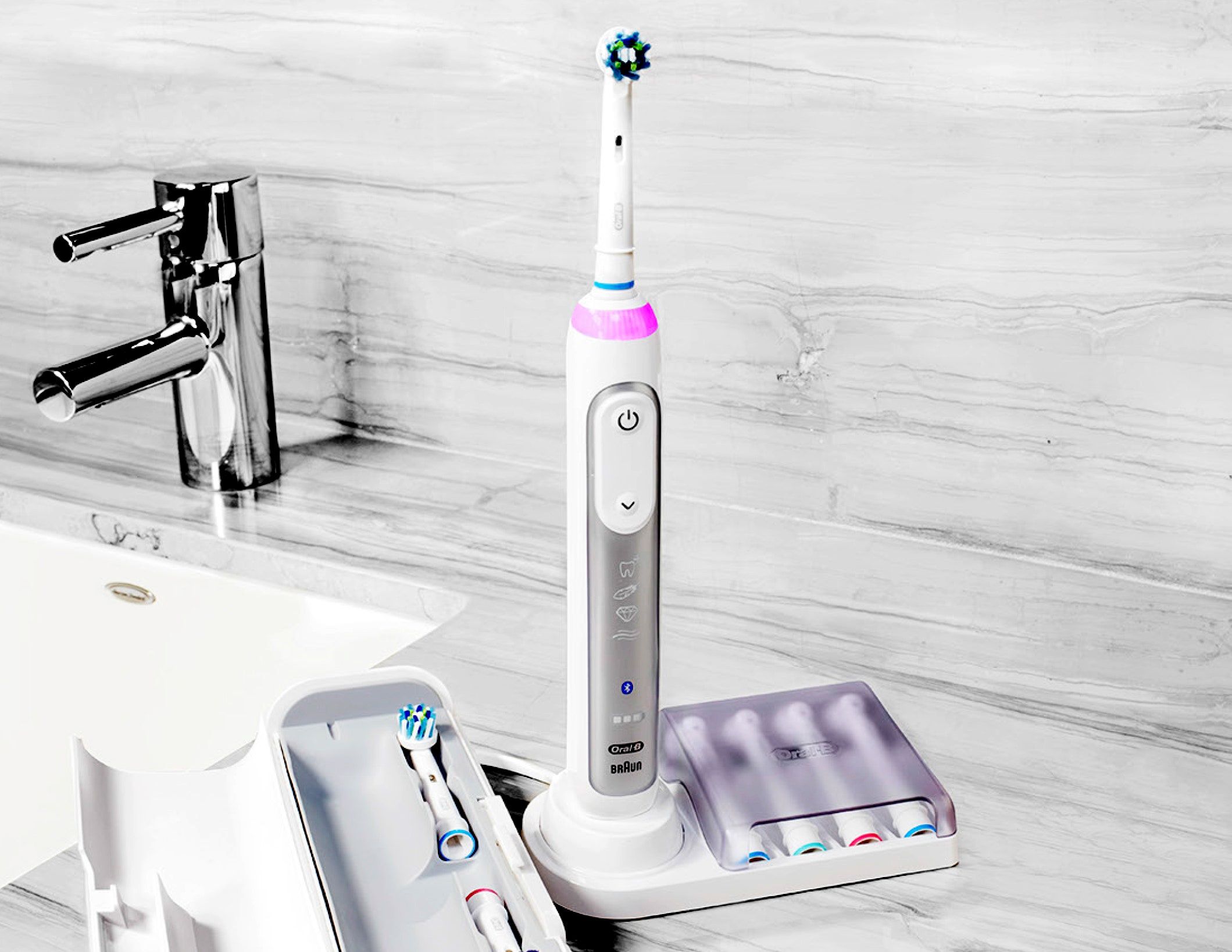
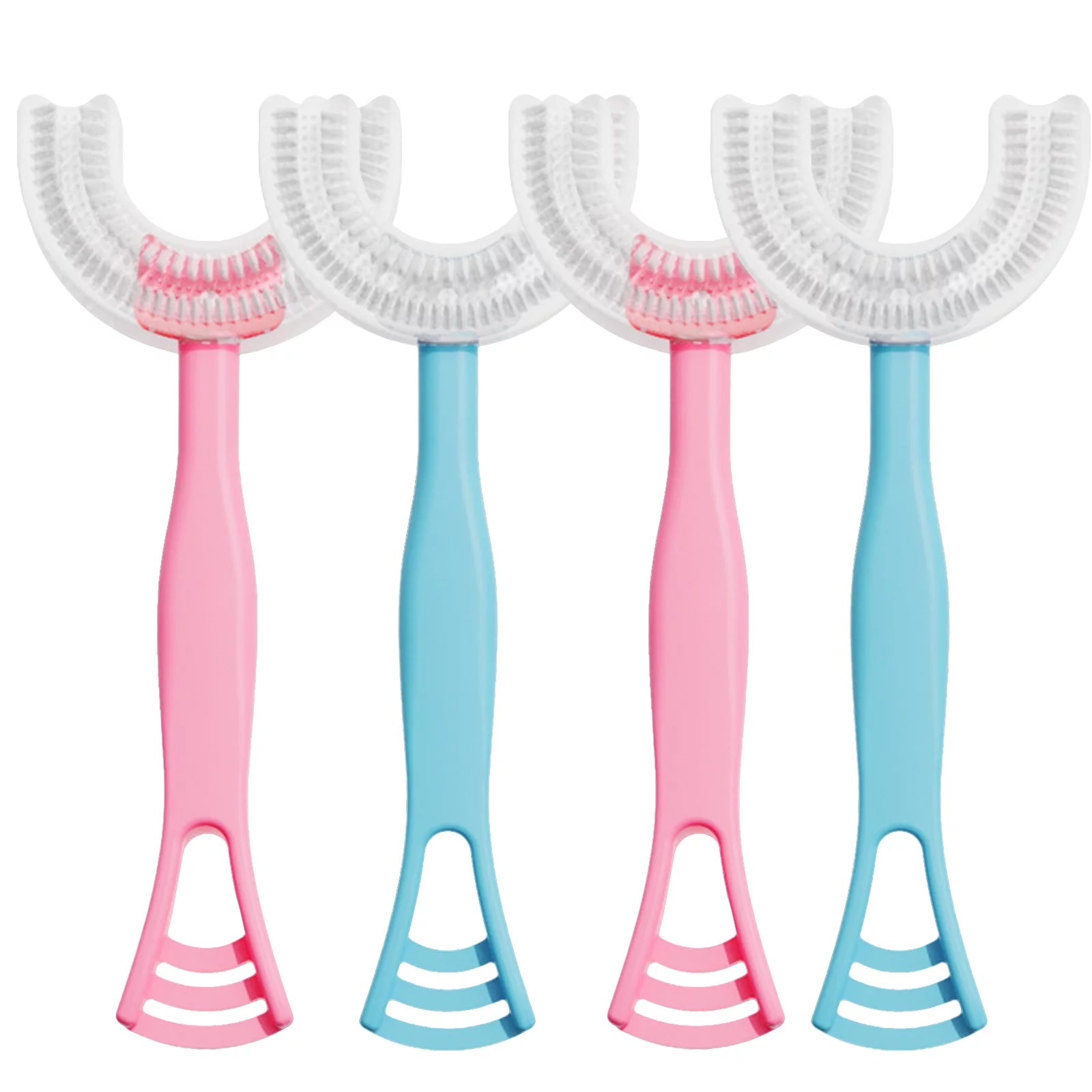
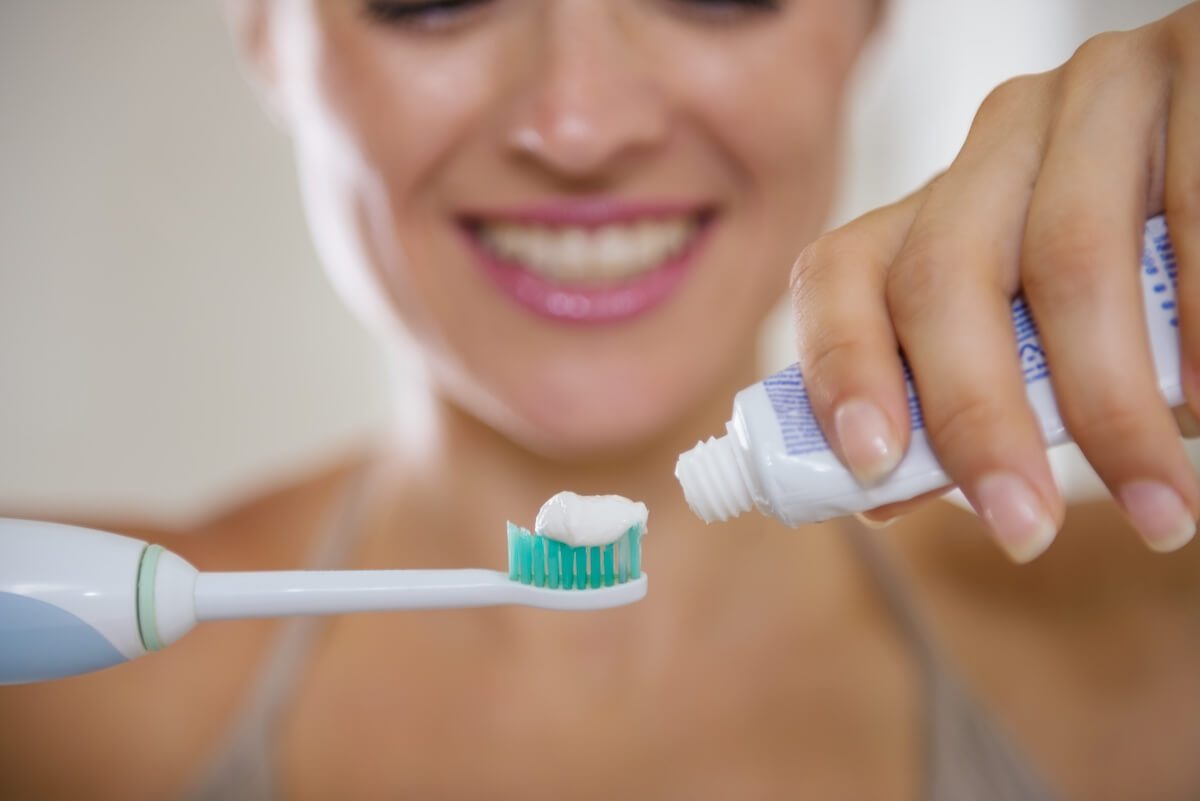
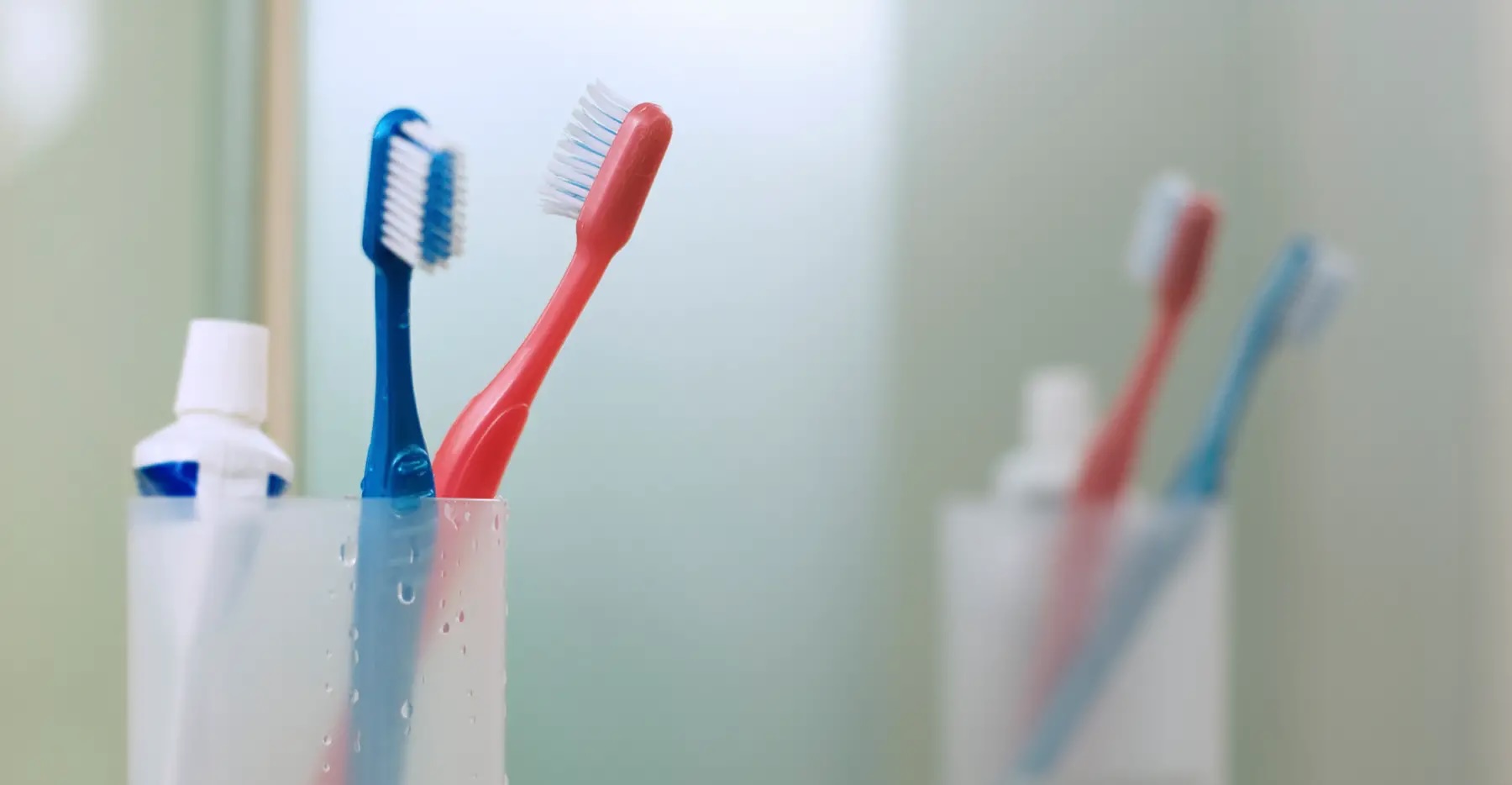
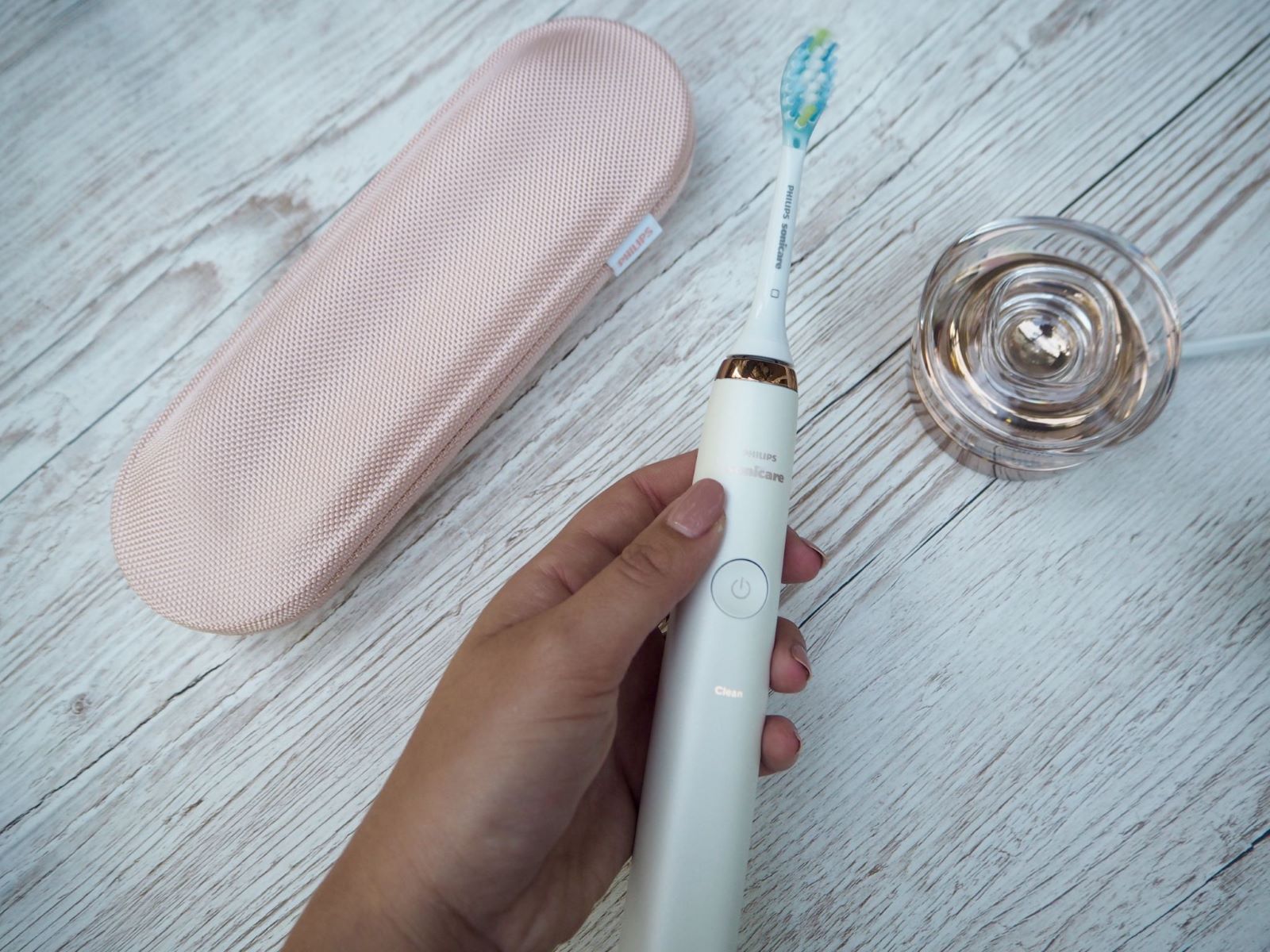
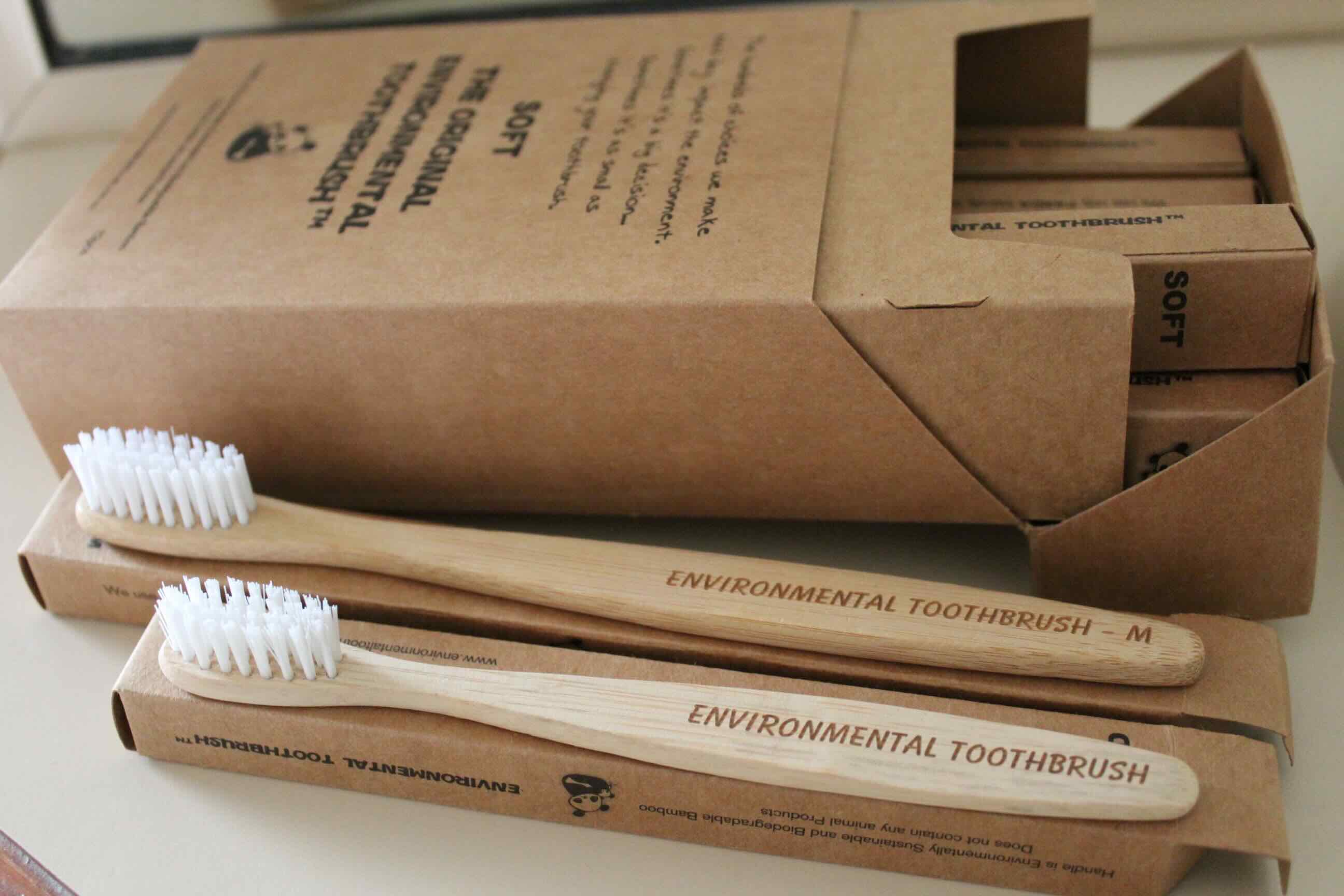

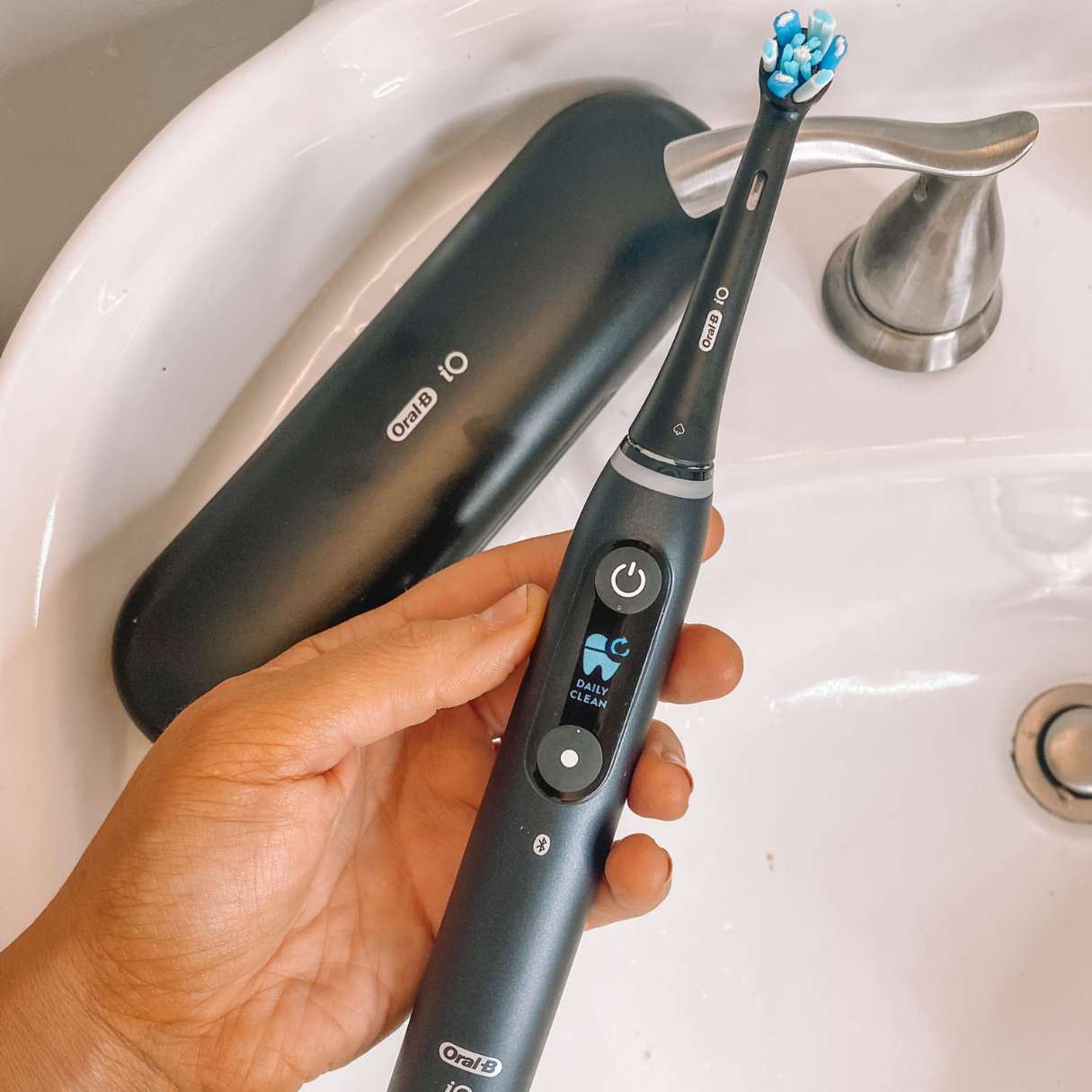
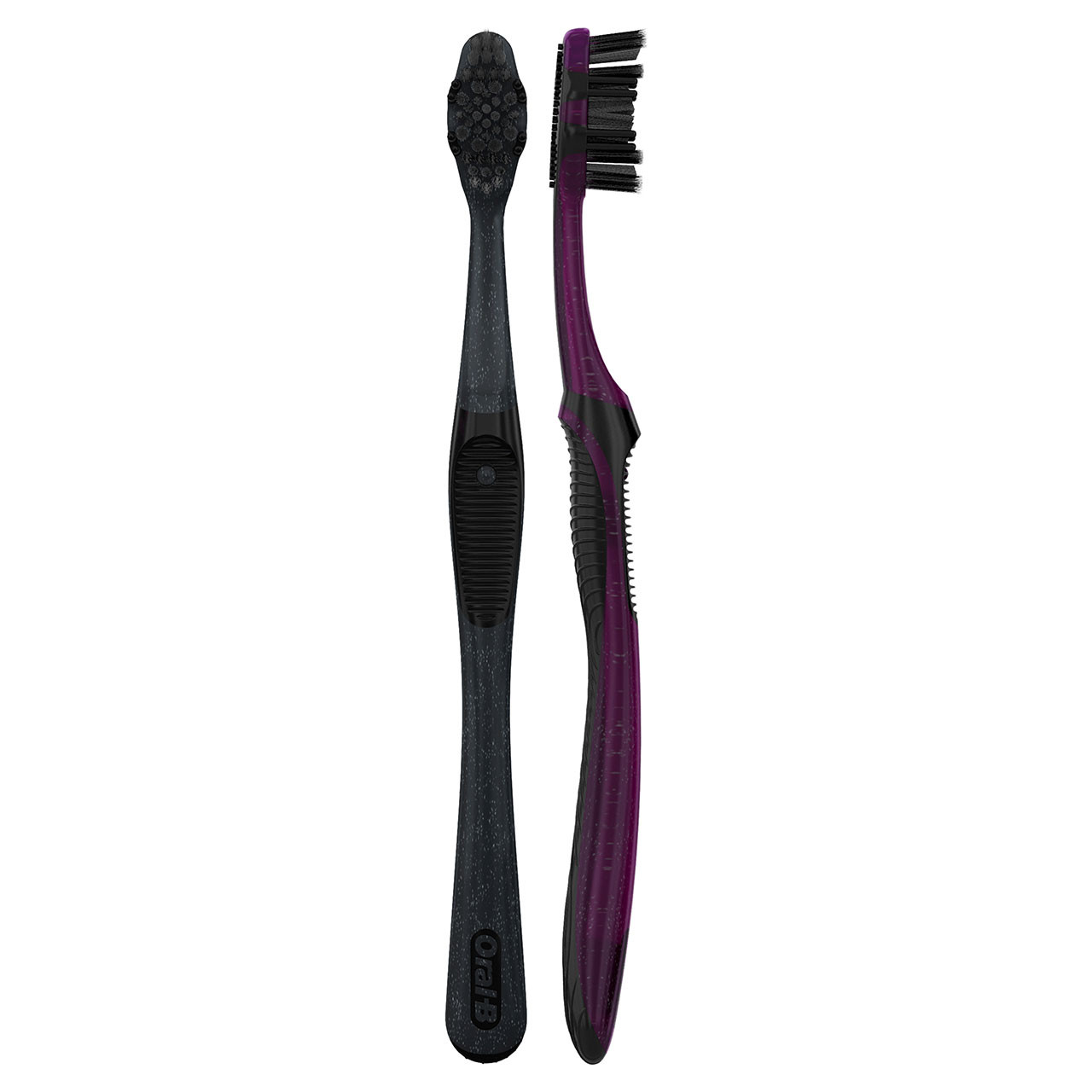
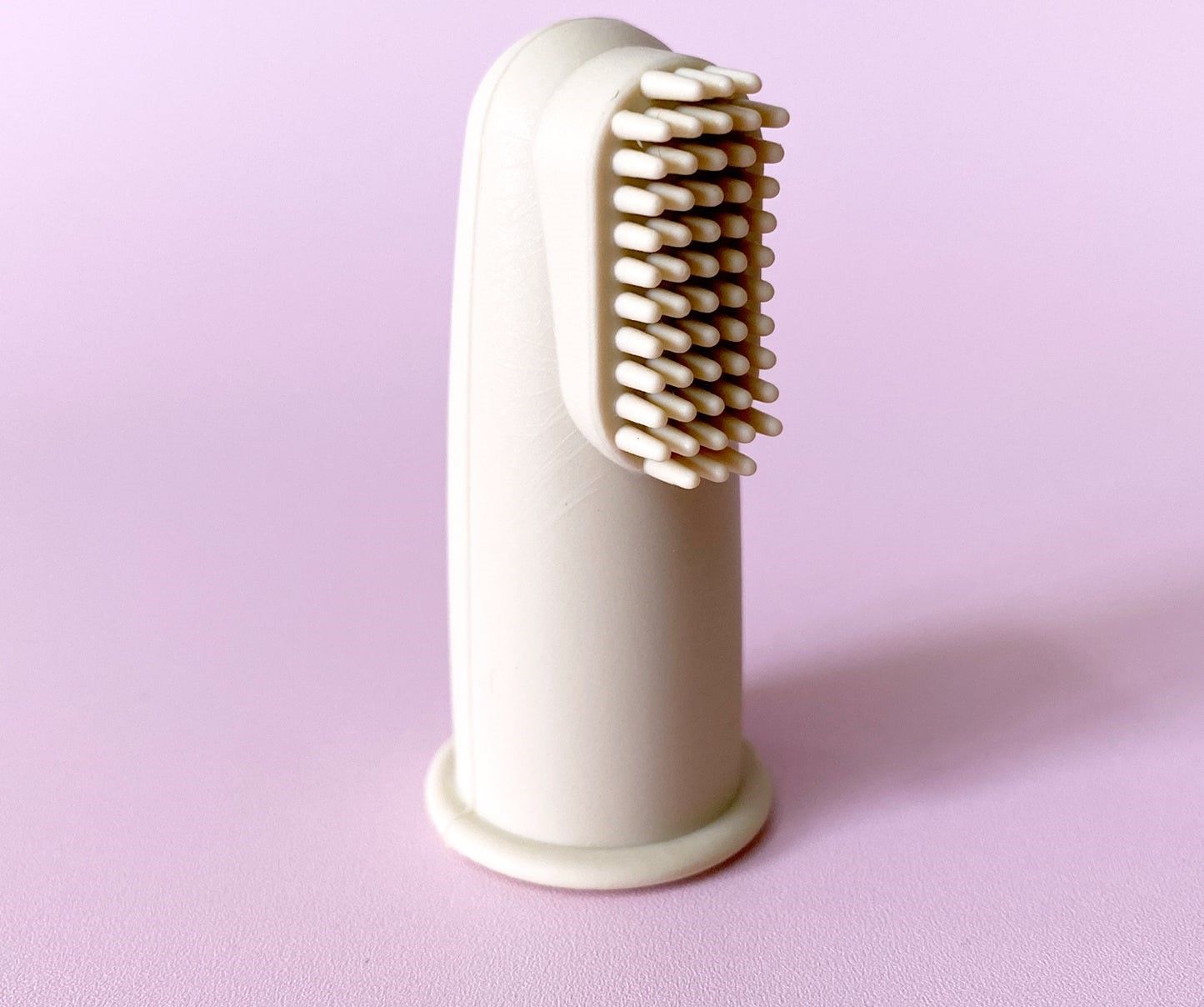

0 thoughts on “How To Use A Toothbrush”